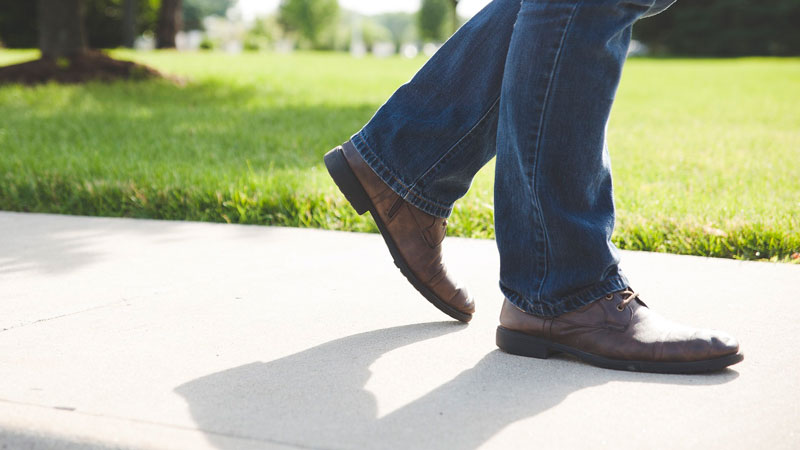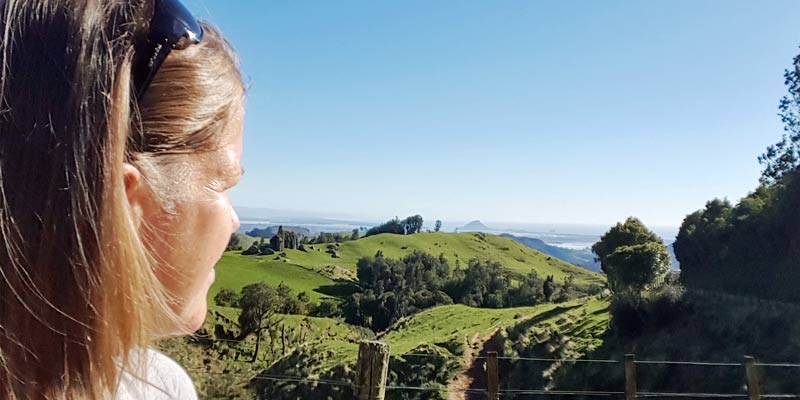
So you’re busy. We get it. Life is…busy. And it never seems to get any easier or less hectic. Until we die. But by then it will be too late.
This makes it all the more important to really ‘be’ and not let precious moments, experiences and feelings pass us by. Because it’s fleeting…it all happens so quickly and if we let it, the treadmill of our life will keep going, and we’ll be on it. Not in it.
We’ll be doing our best to keep up of course and we’ll probably be doing a great job most of the time (high five) but what are we missing out on…?? We’ll be trying so hard to just ‘keep up’ that we won’t think to look around, notice, take in the view and appreciate and be grateful for all the things that happen to us that are just amazing.
Mindfulness is just one way that can help us to take 5 (virtually). It can help us to renew, appreciate and restore calm, without actually robbing us of time we feel we don’t have. So, here is an easy mindfulness exercise that you (ANYBODY) can do to fit mindfulness into your day.
If you are new to mindfulness or don’t really “get it” then start by reading our beginner’s guide to mindfulness where we explain what it is and how it can help you.
Mindful Walking
Yes…we’re making the grand assumption that you walk somewhere most days. But, like we said, this mindfulness exercise is designed to fit into your day. So, there is no need to plan a special walk or actually ‘go for a walk’. You can use these tips whenever you are walking. Anywhere.
This mindfulness exercise is my adaptation of one previously published on Headspace.com
1. Notice
As you start to walk, notice how your body feels. Does it feel heavy or light, stiff or relaxed? Take a few seconds to become aware of how your body feels, your posture and the way you’re carrying yourself.
2. Observe
Observe how it feels to be walking. Just take a moment to recognise it and to notice it.
3. Be Aware
Be aware of what is going on around you. Take notice of vehicles passing, other people, road signs and houses.
4. Sights
Begin by noticing what you see going on around you. It might be people walking past, shop window displays, trees or even animals. Notice the colours and shapes, the movement and perhaps the stillness too. There’s no need to actually think about what you’re seeing – simply to see it and acknowledge it is enough. Take about thirty seconds to do this.
5. Sounds
Then turn your attention to sounds – what can you hear? Without getting caught up in thinking about the objects of sound, just take a moment to be aware of them, as though they are just coming and going in your field of awareness. Again, take about thirty seconds to do this.
6. Smells
Next turn your attention to smells for thirty seconds or so. Notice how your mind naturally wants to create a story out of each of the smells, because it might remind you of somewhere, something or someone.
7. Feel
Finally, make a point of noticing any physical sensations or feelings. Perhaps it’s the feeling of warm sunshine, a cool breeze or the dog lead in your hand. Perhaps it’s the sensation of the soles of your feet touching the ground with each step, or the weight of your arms swinging at your side. The intention is to simply acknowledge the sensations for thirty seconds or so, without feeling the need to ‘get involved’ in thinking about the feelings.
8. Streaming
As you continue to walk, don’t brush away any of the things you notice, or thoughts that are streaming through your mind. Just notice as they come and go, how one thing is constantly being replaced by the next.
9. Movement
After a minute or two, gently shift your attention to the sensation of movement in the body. Notice how the weight shifts from the right side to the left side and then back again, usually in quite a steady rhythm.
10. Anchor
Use the rhythm of your walk, the physical sensation of the soles of your feet touching the ground as a sort of anchor. If you realise your mind has wandered off, bring yourself back to the rhythm. Your anchor.
Some Mindfulness Exercise tips to help you:
You might find it helpful to break this technique down into sections.
For example, if you need to walk from A to B, and that walk is going to take ten or fifteen minutes, then you can break your walk up and start a new exercise at each street.
At the beginning of each street, remind yourself of your intention to walk without distractions, until you reach the end of that street. As soon as you realise the mind has wandered off, just gently bring your attention back to your anchor.
When you get to the end of that street, start again, as though it’s a new exercise each time. This can make it feel much more manageable.
If you’re fortunate enough to live close to a park, a river or some kind of pleasant outdoor space, then it’s a good idea to try the technique in that environment too. There’ll be much less external distraction in these areas, and this can change the way the mindfulness exercise feels. It can also be useful in terms of knowing how your mind works differently in these contrasting environments.
After doing this a few times, do you feel like you’re more ‘present’ and conscious of your reactions to things that happen along your walk…?? It might not happen immediately – it’s probably highly unlikely it will happen immediately… but you should start to notice changes after a few attempts.

My Daily Walks
I walk in all sorts of places including our rural area, on the beach and in town after dropping our children off to school. Each environment presents a very different walking experience and instead of just ‘walking’ I’ve tried to become more aware of my surroundings and just to take notice of how my body is feeling using some of the techniques from this mindfulness exercise.
I have found it a great way to ‘distract’ myself from the ticker tape of thoughts running through my mind and I am always amazed at the new things I notice – even having walked the same route a thousand times. There is always something new to see. Or smell, or feel or experience.
The ticker tape is still there of course and the thoughts are always coming and going in my mind, but instead of letting them distract me or control my mood, I try to let them be. Saved for later perhaps when I will be prepared to action them or use them productively.
In all honesty, I have no idea whether I have ‘achieved’ mindfulness or not, but that’s not my goal. My goal is to use these techniques to really see and feel things and to experience my life in a way that’s real and rich without letting the wonder of it all pass me by.




